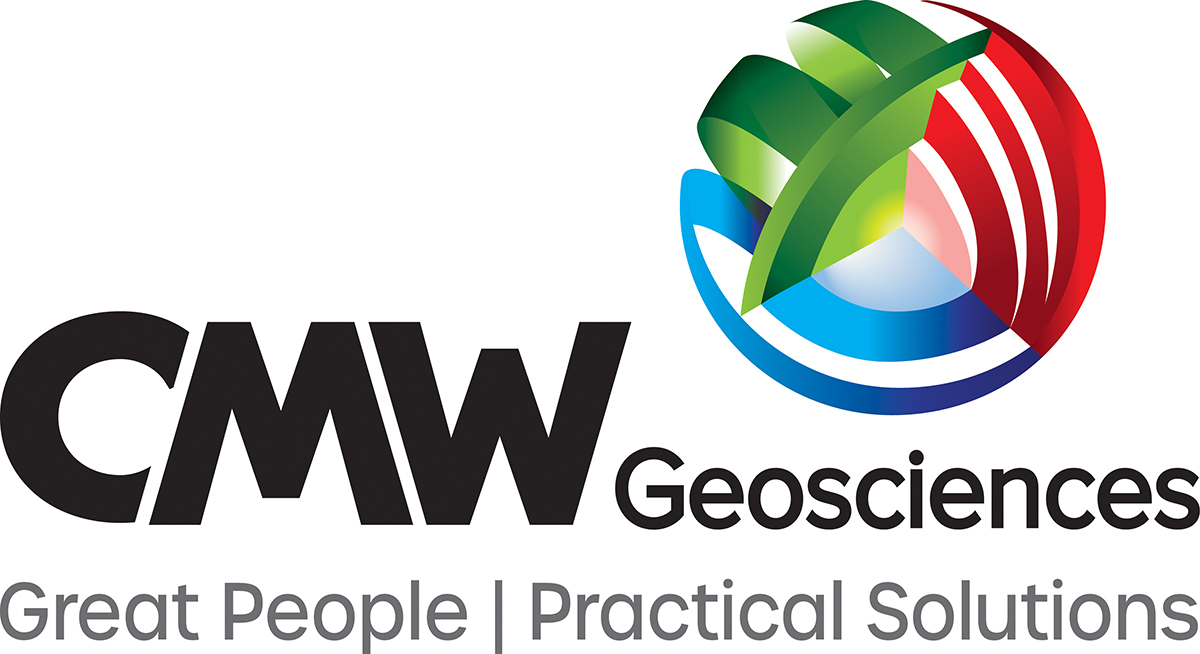New traffic counts show impact from COVID-19
Traffic volumes on Gold Coast roads almost halved during the height of COVID-19 restrictions but a new study shows the relief was very short-lived.
The good news about the easing of traffic has proved short-lived with the prediction vehicle counts during the Christmas-New Year will peak above the pre-COVID numbers. The Glitter Strip on the weekend was again a nightmare for motorists during the morning and afternoon peak as Southport, Main Beach and Surfers Paradise became clogged with cars heading towards the beaches in the heatwave.
A State of the Transport Network 2020 report to be presented to councillors at a committee meeting on Tuesday has found:
- During the height of the COVID restrictions in April 2020, traffic volumes across the Gold Coast road network reduced on average by 45 per cent when compared to baseline data.
- After a gradual easing of restrictions, traffic had generally returned to typical volumes by September and October 2020.
- It is possible that traffic volumes will surpass pre-pandemic levels — beyond that accounted for by natural background growth.
- Public transport patronage remains significantly less than previous years due to social distancing preferences. Patronage in mid-2020 was 68 per cent down for the same period in 2019.
- Traffic volumes continue to increase at a rapid rate in the northern Gold Coast, showing again the need for proposed Coomera Connector.
Both the council and the State Government was undertaking significant investment in transport including Light Rail Stage 3A, the Pacific Motorway Varsity to Tugun upgrade, Brisbane Road-Oxley Drive intersection upgrade, Sundale Bridge widening and Waterways Drive intersection upgrade, Isle of Capri bridge duplication and SeaWorld Drive-Macarthur Parade intersection upgrade.
The Coast’s rapid decrease in traffic on the road network began in late March as COVID-19 infections began to accelerate and restriction measures began with residents locked in their suburbs.
“The decline continued until Easter when it was at its lowest on Good Friday and the city recorded a 70 per cent reduction in traffic,” the report said.













.jpg)

























